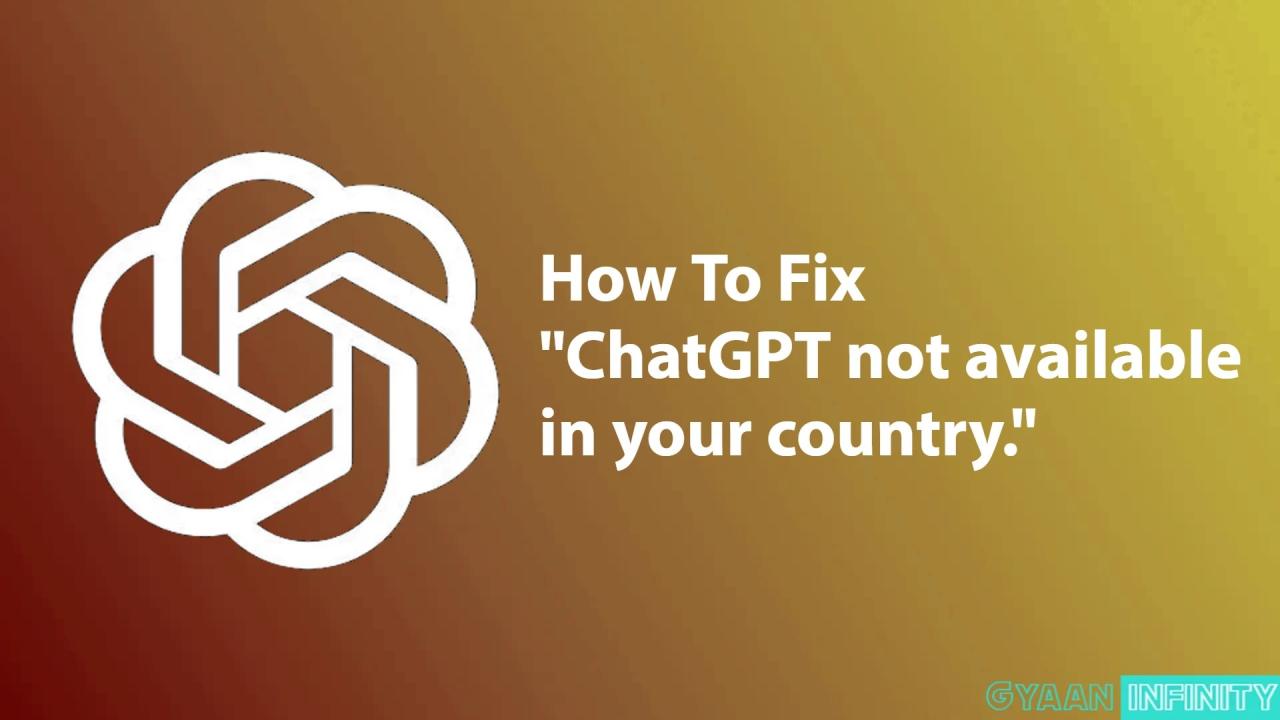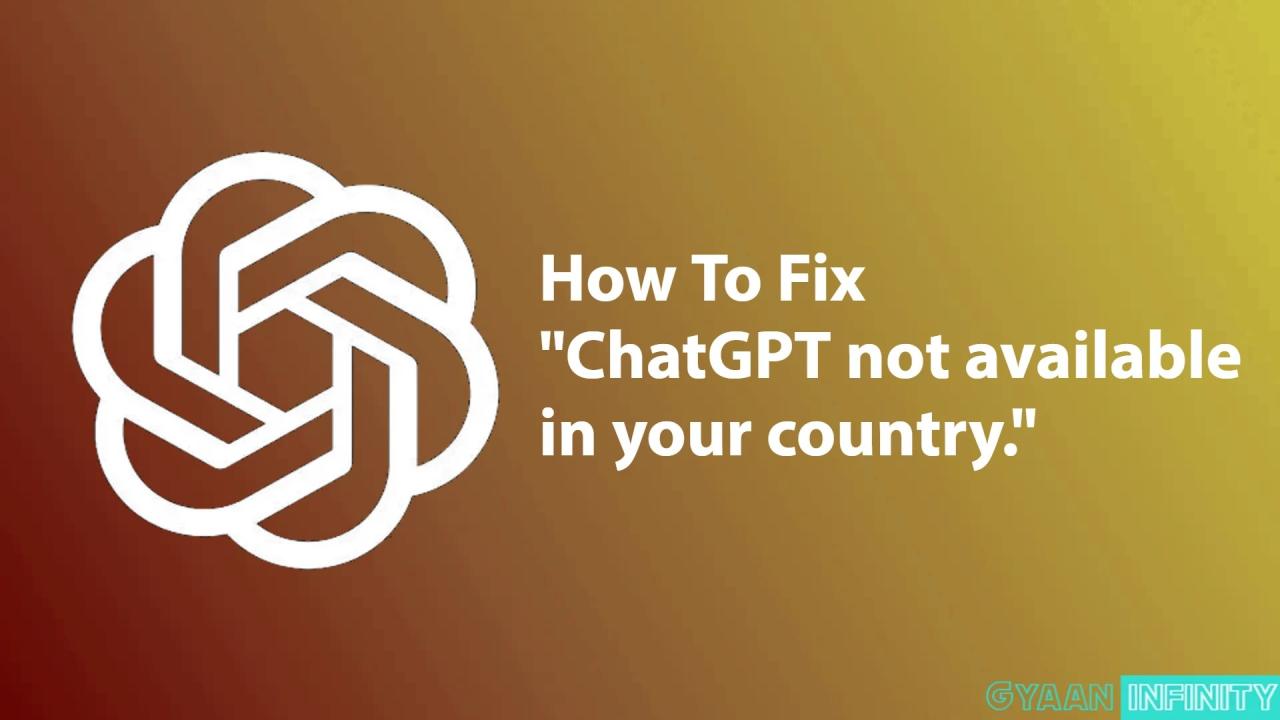Is chatgpt down right now – Is Kami down right now? That’s a question many users find themselves asking. Large language model outages can disrupt workflows, leaving users scrambling for solutions. This guide will help you quickly determine if a service disruption is happening, explore potential causes, and offer alternative strategies to keep your work flowing.
We’ll cover how to check service status, understand the impact of outages on different user groups, and learn effective communication strategies during downtime. Plus, we’ll look at alternative AI tools and best practices for mitigating future disruptions. Let’s dive in!
Checking Kami’s Status
Knowing whether Kami is down can be crucial, especially if you rely on it for work or study. This article provides methods for checking Kami’s availability, understanding the impact of outages, improving user experience during downtime, and exploring alternative solutions.
Current Status Checks: Reliable Websites and Tools

Several resources help determine the operational status of large language models like Kami. These tools use various methods to verify availability, ranging from simple ping tests to more sophisticated checks of API responses.
| Website Name | URL | Description |
|---|---|---|
| Downdetector | downdetector.com | Crowdsourced reports indicating service disruptions; provides a real-time view of reported issues. |
| Statuspage (if available for the specific LLM) | (Specific URL varies) | Official status pages from service providers offer real-time updates on outages and maintenance. |
| IsItDownRightNow.com | isitdownrightnow.com | Checks the availability of websites and services; useful for verifying basic connectivity. |
Independent Verification Methods
Beyond dedicated websites, several independent methods can confirm Kami’s functionality.
- Attempting a simple interaction: Try a basic prompt within the Kami interface. A failure to receive a response suggests a problem.
- Checking the API (if applicable): If using the Kami API, test the connection and attempt a request. Error messages will indicate potential issues.
- Consulting social media: Search Twitter or other platforms for mentions of Kami outages; user reports often surface quickly.
- Using a browser’s developer tools: Inspect network requests to see if the Kami servers are responding. Errors or timeouts suggest a problem.
- Contacting support: If all else fails, reach out to OpenAI’s support channels for official status updates.
Network Connectivity Troubleshooting
Before concluding a service outage, rule out local network problems. Network connectivity issues often mimic service disruptions.
- Check your internet connection: Ensure your device is connected to the internet and the connection is stable. Try accessing other websites.
- Restart your router and modem: A simple reboot often resolves temporary network glitches.
- Test your internet speed: Use online speed tests to identify slowdowns or connection problems.
- Check your firewall or VPN: Ensure these aren’t blocking access to Kami’s servers.
- Contact your internet service provider: If problems persist, contact your ISP to troubleshoot potential issues on their end.
Impact of Outages
Extended Kami outages significantly impact various user groups. The consequences vary depending on the user’s reliance on the service.
Impact on Different User Groups
| User Group | Consequences of an Outage |
|---|---|
| Students | Disruption to research, assignment completion, and learning activities. |
| Businesses | Interruption to workflows, customer service, and data analysis processes. Potential loss of productivity and revenue. |
| Researchers | Delayed research projects, inability to access data or conduct experiments reliant on the LLM. |
Importance of Robust Infrastructure
Preventing widespread service disruptions requires robust infrastructure and redundancy. This includes key components to ensure high availability.
- Multiple data centers: Distributing servers across geographically diverse locations minimizes the impact of regional outages.
- Load balancing: Distributing traffic across multiple servers prevents overload on any single server.
- Redundant power supplies: Backup generators and power systems ensure continued operation during power failures.
- Network redundancy: Multiple network connections and failover mechanisms prevent network disruptions from causing outages.
- Regular maintenance and updates: Proactive maintenance reduces the likelihood of unexpected failures.
Causes of Service Interruptions
Besides planned maintenance, several factors can lead to unexpected service interruptions.
So, is ChatGPT down right now? While you’re waiting to see if it’s back online, why not check out some cool tech? For instance, if you’re into aerial photography, you might want to explore the latest offerings on dji drone canada. Knowing what’s available could help you plan your next project once ChatGPT is up and running again.
Hopefully, ChatGPT will be back soon!
- Hardware failures: Server malfunctions, storage issues, or network equipment failures can cause disruptions. Mitigation: Redundancy, regular maintenance, and robust monitoring systems.
- Software bugs: Unexpected errors or vulnerabilities in the software can lead to crashes or service disruptions. Mitigation: Thorough testing, code reviews, and automated deployment processes.
- Cyberattacks: DDoS attacks or other malicious activities can overwhelm servers and cause outages. Mitigation: Security measures, intrusion detection systems, and incident response plans.
User Experience During Outages
Effective communication during downtime is crucial for mitigating user frustration and maintaining trust.
Downtime Communication Methods

| Method | Description |
|---|---|
| Status Page | A dedicated webpage providing real-time updates on service availability and any ongoing issues. |
| Email Alerts | Sending email notifications to subscribed users about outages and estimated restoration times. |
| Social Media Updates | Posting updates on platforms like Twitter or Facebook to inform users and address concerns. |
Effective and Ineffective Communication Strategies
- Effective: Providing timely and transparent updates, acknowledging the inconvenience, offering estimated restoration times (with caveats), and providing alternative solutions.
- Ineffective: Silence, delayed or unclear communication, providing inaccurate information, and showing a lack of empathy for users.
Mitigating User Frustration
Developers can take steps to improve user experience during downtime.
Wondering if ChatGPT is down right now? Sometimes, checking other online resources helps distract from tech glitches. For example, if you’re into drones, you might want to brush up on canada drone laws under 250g – it’s surprisingly interesting! Anyway, back to ChatGPT – hopefully, it’s back up soon!
- Proactive communication: Inform users
-before* an outage if planned maintenance is scheduled. - Transparent updates: Provide regular updates on the status of the outage and the progress of recovery efforts.
- Realistic expectations: Avoid making promises about restoration times that cannot be kept.
- Alternative solutions: Offer alternative tools or resources that users can use while the service is unavailable.
- Empathetic responses: Acknowledge the inconvenience and express understanding for user frustration.
Alternative Solutions
During an outage, users can explore alternative language models or tools.
Alternative Language Models
| Language Model | Features | Capabilities |
|---|---|---|
| Bard (Google) | Conversational AI, code generation, translation | Similar capabilities to Kami, potentially different strengths and weaknesses |
| Perplexity AI | Search-based AI, citation-focused responses | Excellent for research tasks, emphasizing accuracy and sourcing |
| Jasper | Marketing and content creation focus | Strong in content generation for marketing and business applications |
Advantages and Disadvantages of Multiple Models
- Advantages: Reduced dependency on a single service, access to diverse capabilities, potential for improved performance or resilience.
- Disadvantages: Increased complexity, potential for increased costs, need to learn multiple interfaces and workflows.
Checking Language Model Status (Example Script – Python)
This Python example demonstrates a basic script to check a website’s status (adapt for API checks as needed):
import requests
def check_status(url):
try:
response = requests.get(url)
response.raise_for_status() # Raise an exception for bad status codes
return True # Website is up
except requests.exceptions.RequestException as e:
print(f"Error: e")
return False # Website is down
url = "https://chat.openai.com" # Replace with the actual URL
if check_status(url):
print("Kami is online")
else:
print("Kami might be down")
Recovery and Restoration: Is Chatgpt Down Right Now
Restoring service after an outage involves several steps to ensure a smooth transition back to normal operation.
Service Restoration Steps, Is chatgpt down right now

- Identify the root cause: Diagnose the problem using monitoring data and logs.
- Implement a fix: Address the underlying issue, whether it’s hardware repair, software patching, or network configuration changes.
- Test the fix: Thoroughly test the fix to ensure the problem is resolved and that no new issues have been introduced.
- Deploy the fix: Roll out the fix to the affected systems.
- Monitor the recovery: Closely monitor the system to ensure stability and identify any lingering issues.
- Communicate the resolution: Inform users that service has been restored.
Monitoring and Logging Systems
Monitoring and logging are crucial for identifying and preventing future outages.
- Server uptime and performance
- Network latency and bandwidth usage
- API request rates and error rates
- Database performance and query times
- User activity and error reports
Hypothetical Outage Scenario
A hypothetical scenario illustrating the steps taken during an outage:
- Incident: A significant spike in API requests overwhelms the load balancer, causing slowdowns and eventually an outage.
- Detection: Monitoring systems detect high error rates and slow response times.
- Diagnosis: Logs reveal the load balancer is saturated.
- Solution: Additional load balancers are added to distribute the traffic more effectively.
- Implementation: The new load balancers are deployed and configured.
- Testing: The system is tested under simulated load to ensure stability.
- Restoration: Service is restored, and users are notified.
- Post-Mortem: The incident is reviewed to identify improvements to prevent similar issues in the future (e.g., increased capacity planning).
Closing Notes
Experiencing a large language model outage can be frustrating, but being prepared makes all the difference. By knowing how to check service availability, understanding potential causes, and having alternative solutions in place, you can minimize disruption and maintain productivity. Remember, proactive troubleshooting and understanding user experience during downtime are key to a smoother workflow.
Clarifying Questions
What should I do if I suspect an AI service is down?
First, check multiple independent status websites. If confirmed down, explore alternative AI tools and notify the service provider if the outage is prolonged.
How long do AI service outages typically last?
It varies greatly. Minor issues might be resolved in minutes, while major outages could last hours or even days.
Are there any ways to prevent future disruptions to my workflow?
Wondering if ChatGPT is down right now? Sometimes, slowdowns happen because of network issues. If your connection’s weak, boosting it with a good amplificateur wifi might help, especially if you’re using ChatGPT for intensive tasks. Then again, maybe ChatGPT is just having a temporary glitch; check its status page to be sure.
Use multiple AI tools, regularly back up your work, and stay informed about service announcements from providers.
What if the problem isn’t the AI service, but my internet connection?
Restart your router and modem. Check your internet speed and connectivity. Contact your internet service provider if issues persist.
